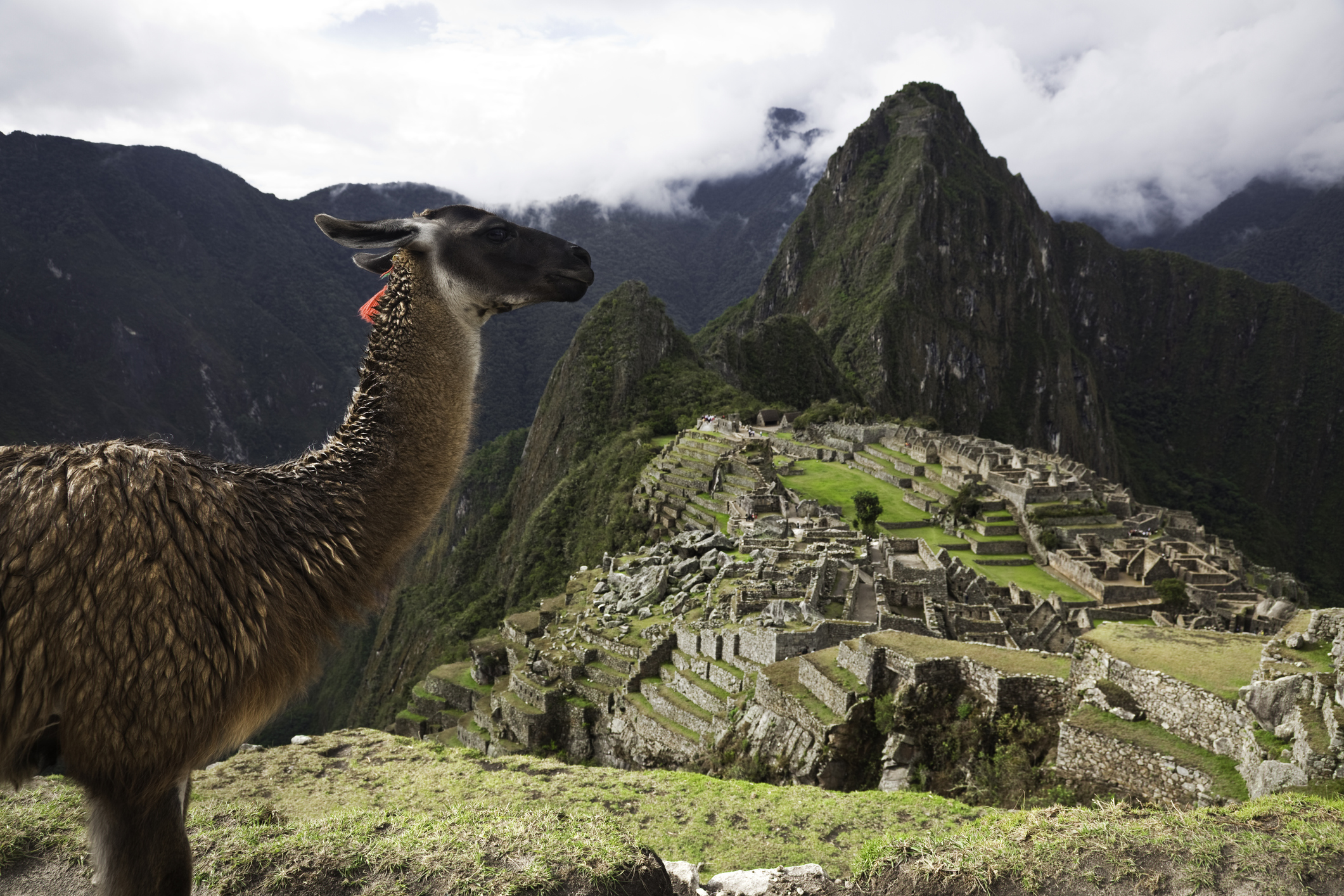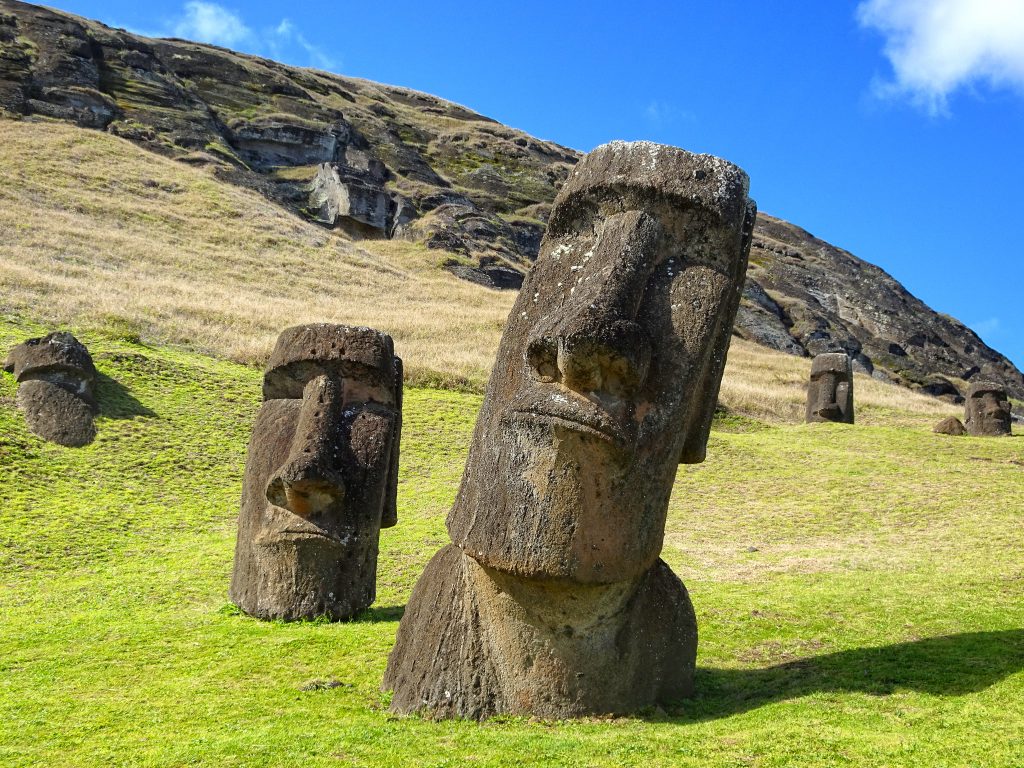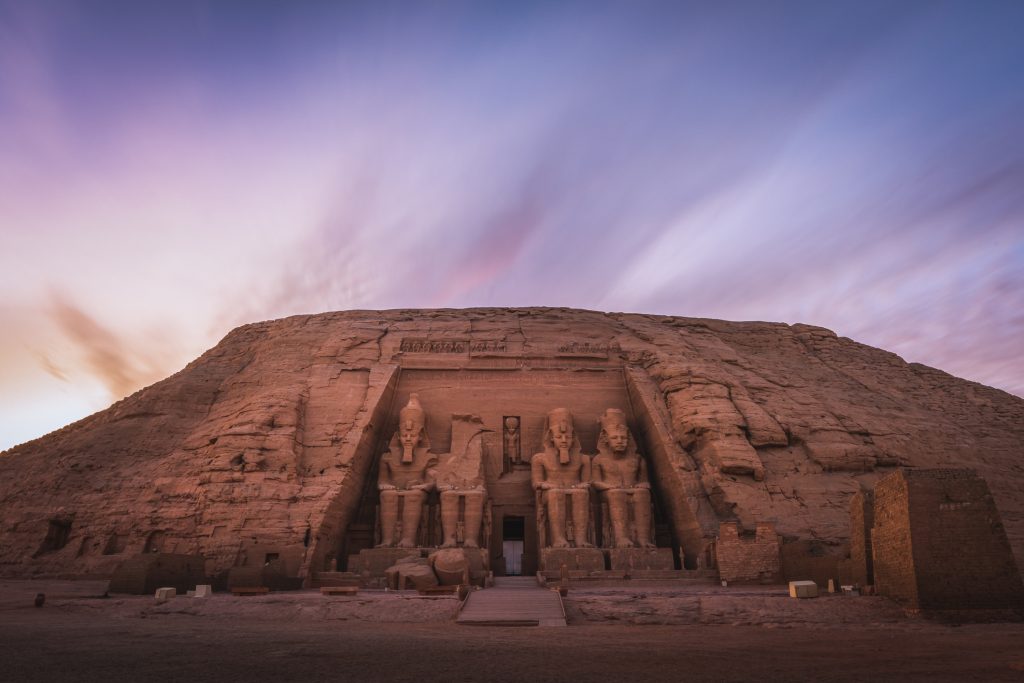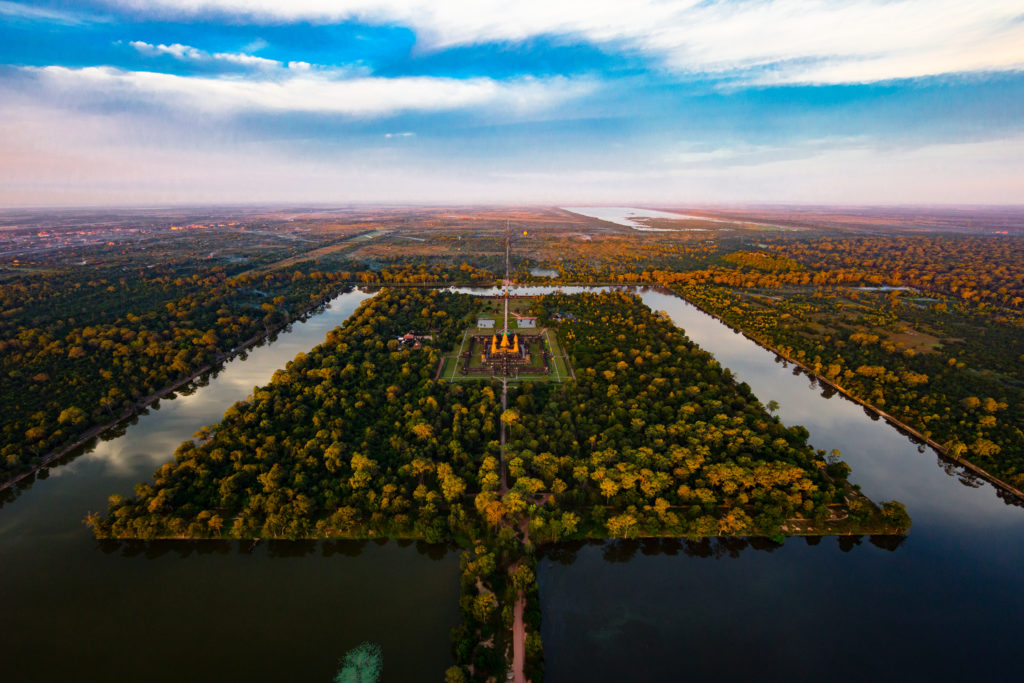The classic Inca Trail runs 26 miles (42 km) long, is usually hiked over 4 days and 3 nights and is tucked away in the beautiful Andes mountains in Peru. The entire trail is a site to see, but the end of the trail is a spectacular sight as you reach the ancient ruins of Machu Picchu at sunrise. Whether you catch the train or make the four-day hike, for the best experience, here’s everything you should know about the Inca Trail.
Hundreds of years ago, a prosperous and powerful civilization way ahead of its time mapped out a network of trails across farmlands, villages, and cultural sites and structures in South America. Now known as the Inca Trail, this pathway established by the once-mighty Inca continues to generate tremendous interest from tourists and anthropology buffs alike, and with good reason.
After all, the remains of the once-proud Inca empire offer us a glimpse into a lost world that once represented the best of human progress — and tell a fascinating story of a civilization that, despite its considerable resources and advanced knowledge, was unfortunately wiped out by a combination of greed and deadly diseases brought to their doorstep by explorers-turned-conquerors.
How do I get to the Inca Trail?
- The easiest way to get from Cusco to Machu Picchu is to take the train to Aguas Calientes.
- Walk the trail (3-4 days): Not for the faint of heart, but definitely worth it. Over the days, you battle steep climbs and steeper descents, lost toenails and broken blisters. You’re guaranteed to curse yourself at least once for not opting to take the train instead. After all, the vast majority of people who visit Machu Picchu don’t take four days to get there.
Permits are given to 200-300 people per day, so you’ll see many people on the way and likely make new friends.
Either way, knowing your history will make the experience all the more enriching.
How Much Will a Trip to the Inca Trail Cost?
Expect to spend USD 650 per person on this trip; to increase your chances of acquiring a slot, try to book as early as six months ahead of your planned trip.
The Temples of the Inca Trail
If it weren’t for the structures and records they left behind, it would have been hard to visualize the Incan society and way of life.
By a remarkable stroke of luck, however, the Spanish invaders were unable to find the famed Machu Picchu, which stands as one of the few testaments to the Inca civilization in modern times. In fact, it was only in 1911 when archaeologist Hiram Bingham found the mostly untouched citadel, located high up on a mountain ridge above the Sacred Valley.
The stone steps of the Inca Trail lead to this massive, intricate complex, where various religious structures, residential buildings, and storage areas were built and maintained.
The main attractions at Machu Picchu’s Sacred District:
- Temple of the Sun is perhaps the most noteworthy of these attractions. Created for the emperor of the Inca, it served as the platform from which he could give directions to his people regarding their agricultural tasks, based on the seasons. Elevated at about 3,000 meters, it is located atop gigantic stone terraces that were reinforced by stone walls and presents a worthy climbing challenge even to seasoned explorers and adventurous tourists.
The design of the temple is masterful in that the way the sun hits the stones indicates the departure and arrival of the seasons. For instance, winter was signified by the sun’s light hitting a huge, white stone; when sunlight strikes the other side of the same stone, it signaled the beginning of summer, and was thus a cue for farmers to begin planting once more.
This revolutionary method of tracking the seasons basically allowed the Inca to provide for an entire population for many, many years. The astonishing thing is that by using modern-day technology, experts were actually able to prove that the Inca were on point in terms of how they predicted their weather and seasonal patterns.
- Room of the Three Windows may have been built for Inca royalty to serve as their living quarters.
- Intihuatana stone is believed to have been an early calendar or method of timekeeping.
Together with the Principal temple, these structures formed the Sacred Plaza, and are among the most impressive showcases of the Inca civilization’s architectural prowess.
Interestingly, the experts also found that Machu Picchu actually housed many structures that the Inca used for making astronomical observations.
Astronomy and Religion of the Inca Trail
Machu Picchu reveals that astronomy was a part of everyday Inca life, particularly in agriculture. According to records, celestial bodies such as the Sun, the Moon, and even the stars were used as their basis in planning their buildings and making important decisions.
Incan mythology regarded the sky as having magical properties. And like many other ancient civilizations, their religion was closely linked to astronomy. Based on the limited knowledge we have about Inca religion and culture, they worshipped the sun, the moon, the spirits around them, and even thunder. It was this reverence for celestial objects that led them to base practically their entire civilization and lifestyle on the patterns and behavior of these heavenly bodies.
The Inca believed in the connection exists between all the objects in the physical world, from the celestial bodies to the forest spirits. Thus, they had many rituals and ceremonies revolving around astronomical patterns and cycles.
One of these was the Sun Festival, which they celebrated for nine days beginning on the sunrise of the winter solstice. This celebration was both an expression of gratitude for a bountiful harvest and a signal that a new season of planting was due to begin.
Another way in which the Inca revered the stars was by grouping them into constellations.
When the Inca began to see patterns of animals, heroes, and other significant figures in their culture in the stars in the sky, they came up with the idea that the gods had attributed specific stars to specific creatures, serving as a means of protecting them.
The Inca practiced a form of knowledge of zodiac constellations. Grouping these stars was tremendously significant for the Inca, due to their deeply religious culture.
Incan zodiac constellations include:
- Toad (Hanp’atu)
- Llama (Urcuchillay)
- Fox (Atoq)
- Serpent (Mach’acuay)
The patterns that the Inca saw as constellations weren’t just limited to stars, though. They also identified constellations based on the absence of stars in the bright spots of the galaxy. Their religious beliefs revolved around the concept of the animals living within a river up in the cosmos.
Thus, they felt compelled to trace the patterns formed by the dark splotches on the galaxy as well, even without the use of a telescope. One of the most important constellations to the Inca civilization was Pleiades, a collection of seven extremely luminous stars that marked the start of the Incan calendar cycle.
How to Travel to the Inca Trail
There are numerous methods of gaining access to the Inca Trail and the Machu Picchu ruins, but the most popular and convenient method by far is via train up to Aguas Calientes followed by an early-morning bus ride to the site itself.
However, if you want to get the full experience, you can opt to walk on the Inca Trail itself. Take note, however, that the Inca Trail is closed in February. On top of that, the Peruvian government only allows a maximum of 200 persons per day on the Trail, and passes are issued way in advance. The demand for the Inca Trail is so high that the passes for the entirety of the year typically become sold out within weeks.
If you can somehow get your hands on a permit (likely through an early reservation), you can hike all the way to Aguas Calientes. From there, instead of taking the bus, you can walk to the site. The advantage of doing this is that you can avail the option of visiting other sites that you otherwise wouldn’t be able to visit if you take the bus.
Be warned, though. The hike lasts four days and three nights, and you will be subjected to numerous harsh elements as you traverse the entirety of this 43-kilometer (26-mile) journey. You can also forget about taking a bath, as you’ll be on the move as early as 3 AM.
Conclusion
It is certainly remarkable to think about how the Inca — a society without access to the modern-day technology we use to advance our understanding of the world around us — could come up with a working system of production that sustained their population and way of life for centuries.
While their story ended in tragedy and we may never fully understand their civilization, we can at least bask in the glory of the structures they left behind: a reminder that humanity has been receiving guidance from the stars for a long, long time.
Are you planning to embark on a trip to the Inca Trail soon? Which of the ancient temples and structures were the most remarkable?
Share your thoughts in the comments section below.


 Trekking the Inca Trail through the stunning Andes reveals the hidden city of Machu Picchu.
Trekking the Inca Trail through the stunning Andes reveals the hidden city of Machu Picchu. 
























